What is an excavator wood splitter?
In the realm of forestry and agriculture, efficiency and productivity are paramount. One tool that has revolutionized wood processing is the excavator wood splitter. This powerful attachment transforms an ordinary excavator into a highly efficient wood-splitting machine, capable of processing large volumes of timber with ease. But what exactly is a wood splitter, and how does it benefit those in the forestry and agricultural sectors? Let's delve into the world of this innovative machinery and explore its key features, applications, and advantages.
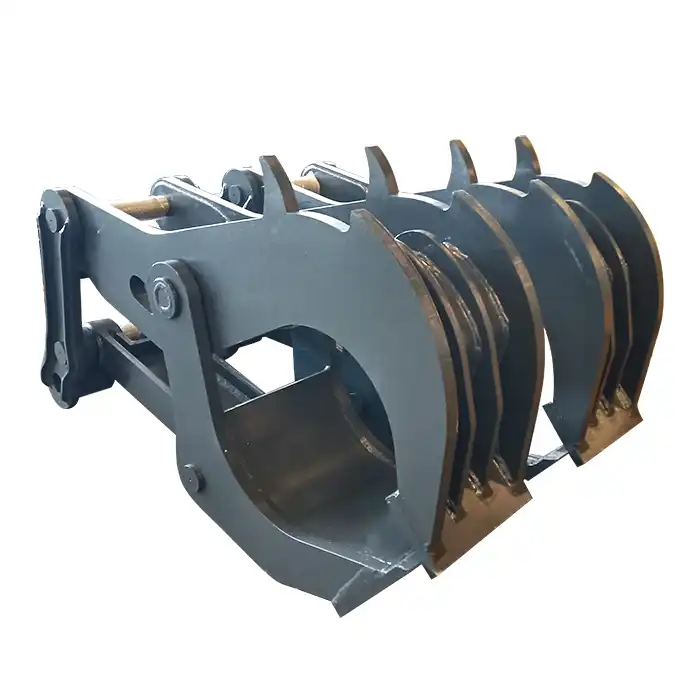
Key Features of an Excavator Wood Splitter
An excavator wood splitter is a specialized attachment designed to work in conjunction with an excavator, leveraging the machine's hydraulic power to split logs efficiently. These attachments are engineered to handle a wide range of log sizes and wood types, making them versatile tools for various applications. Let's examine some of the key features that make wood splitters stand out:
1. Robust Construction: Excavator wood splitters are built to withstand the rigors of heavy-duty wood processing. They typically feature high-strength steel construction, ensuring durability and longevity even under demanding conditions. This robust build allows the splitter to handle large, dense logs without compromising performance.
2. Hydraulic Power: By harnessing the excavator's existing hydraulic system, these splitters can generate immense splitting force. This hydraulic power enables the splitter to effortlessly cleave through even the toughest wood species, significantly reducing the time and effort required for wood processing.
3. Adjustable Splitting Force: Many modern wood splitters come with adjustable splitting force settings. This feature allows operators to fine-tune the splitter's power output based on the size and density of the logs being processed, optimizing efficiency and minimizing unnecessary wear on the equipment.
4. Multi-Way Splitting: Advanced models often incorporate multi-way splitting capabilities. Instead of simply splitting a log in half, these splitters can divide logs into four, six, or even eight pieces in a single operation. This feature dramatically increases productivity and is particularly useful when processing logs for firewood or smaller wood products.
5. Quick-Attach Systems: To enhance versatility and reduce downtime, many excavator wood splitters are designed with quick-attach systems. These allow for rapid installation and removal of the splitter attachment, enabling operators to switch between different tasks or attachments with minimal delay.
6. Safety Features: Given the powerful forces involved in wood splitting, manufacturers prioritize operator safety. Many splitters incorporate safety guards, emergency stop mechanisms, and operator presence controls to minimize the risk of accidents during operation.
7. Customizable Splitting Heads: Some wood splitters offer interchangeable or customizable splitting heads. This feature allows operators to adapt the splitter to different log sizes or specific splitting requirements, enhancing the tool's versatility across various applications.
These key features collectively contribute to the efficiency, versatility, and safety of excavator wood splitters, making them invaluable tools in modern forestry and agricultural operations.
Applications of an Excavator Wood Splitter in Forestry and Agriculture
1. Commercial Firewood Production: One of the most common applications for excavator wood splitters is large-scale firewood production. The ability to quickly and efficiently split large volumes of logs into uniform firewood pieces makes these attachments ideal for commercial firewood operations. By significantly reducing processing time and labor costs, wood splitters can substantially increase the profitability of firewood businesses.
2. Land Clearing and Site Preparation: In both forestry and agriculture, land clearing is often necessary for new developments, expanding agricultural areas, or managing forest health. Excavator wood splitters play a crucial role in these operations by efficiently processing felled trees and large woody debris. This not only speeds up the clearing process but also allows for the productive use of the cleared timber, turning potential waste into valuable resources.
3. Forest Management and Thinning: Sustainable forest management often involves selective thinning to promote healthier tree growth and reduce fire risks. Wood splitters facilitate this process by allowing operators to quickly process removed trees on-site. This efficiency enables more frequent and cost-effective forest management practices, contributing to overall forest health and productivity.
4. Storm Damage Cleanup: In the aftermath of storms or natural disasters, fallen trees and large branches can pose significant challenges for both forestry and agricultural operations. wood splitters excel in these scenarios, allowing for rapid processing of storm-damaged timber. This not only aids in clearing affected areas but also helps salvage usable wood that might otherwise go to waste.
5. Biomass Energy Production: As the demand for renewable energy sources grows, many forestry and agricultural operations are turning to biomass energy production. Excavator wood splitters play a vital role in this sector by efficiently processing large volumes of wood into sizes suitable for biomass boilers and other energy-generating systems. This application helps convert forestry byproducts and agricultural waste into valuable energy resources.
6. Lumber and Wood Product Manufacturing: While not typically used for fine woodworking, wood splitters can be employed in the initial stages of lumber and wood product manufacturing. They can quickly break down large logs into more manageable sizes for further processing, streamlining the production workflow for items such as railroad ties, fence posts, and rough-cut lumber.
7. Orchard Management: In agricultural settings, particularly in orchards, wood splitters find application in pruning and tree removal operations. When large fruit trees need to be removed or significantly pruned, these attachments can efficiently process the resulting wood, either for use as mulch, firewood, or other agricultural purposes.
8. Recycling and Waste Management: Many municipalities and waste management facilities use excavator wood splitters to process large wooden items in recycling and composting operations. This application helps reduce the volume of wood waste in landfills and creates useful products like mulch or compost materials.
The wide range of applications for wood splitters underscores their versatility and importance in modern forestry and agricultural operations. By enhancing efficiency, reducing manual labor, and enabling the productive use of wood resources, these attachments have become essential tools in the industry.
Benefits of Using an Excavator Wood Splitter Over Traditional Methods
1. Increased Productivity: Perhaps the most significant advantage of wood splitters is the dramatic increase in productivity they offer. Traditional methods, such as manual splitting with axes or small hydraulic splitters, are time-consuming and labor-intensive. An excavator wood splitter can process in minutes what might take hours using conventional methods. This increased speed translates directly into higher output and improved operational efficiency.
2. Reduced Physical Strain: Manual wood splitting is physically demanding work that can lead to fatigue and potential injuries over time. Wood splitters eliminate much of this physical strain by mechanizing the splitting process. Operators can work longer hours with less fatigue, reducing the risk of work-related injuries and improving overall job satisfaction.
3. Handling of Larger Logs: While traditional methods are often limited to smaller or pre-cut logs, excavator wood splitters can handle much larger and heavier logs with ease. This capability not only speeds up the overall process but also opens up possibilities for processing timber that might be impractical or impossible to split using conventional methods.
4. Improved Safety: Wood splitting can be a hazardous activity, with risks ranging from flying wood chips to strains and accidents from manual tool use. Wood splitters, with their enclosed operations and remote control capabilities, significantly reduce these safety risks. Operators can work from the safety of the excavator cab, away from the immediate splitting area.
5. Versatility and Mobility: Unlike stationary splitting equipment, Wood splitters benefit from the mobility of the host machine. This allows for on-site splitting in various locations, eliminating the need to transport logs to a central processing area. The ability to move the splitter to the wood, rather than vice versa, can result in substantial time and cost savings, especially in large-scale operations.
6. Cost-Effectiveness: While the initial investment in an excavator wood splitter may be higher than traditional tools, the long-term cost-effectiveness is significant. The increased productivity reduced labor costs, and ability to process larger volumes of wood quickly often result in a rapid return on investment for commercial operations.
7. Consistency and Quality: Wood splitters provide more consistent results than manual methods. The hydraulic power and precision of these attachments ensure that wood is split into uniform sizes and shapes, which is particularly important for commercial firewood production or when preparing wood for specific industrial uses.
8. Reduced Waste: The precision and power of wood splitters allow for more efficient use of wood resources. Logs can be split more accurately, reducing waste and maximizing the usable wood from each tree. This efficiency is not only economically beneficial but also aligns with sustainable forestry practices.
9. Multi-Tasking Capabilities: By utilizing an excavator, which is often already present in many forestry and agricultural operations, businesses can maximize the utility of their existing equipment. The excavator can be quickly switched between various tasks – from digging and material handling to wood splitting – enhancing overall operational flexibility.
10. Environmental Benefits: The efficiency of excavator wood splitters can have positive environmental impacts. By enabling more effective use of wood resources and facilitating better forest management practices, these tools can contribute to more sustainable forestry operations. Additionally, their ability to process wood on-site can reduce transportation needs, lowering the overall carbon footprint of wood processing operations.
These benefits collectively demonstrate why wood splitters have become increasingly popular in modern forestry and agricultural operations. By significantly enhancing efficiency, safety, and versatility, these attachments are transforming wood processing practices and contributing to more productive and sustainable industry practices.
Excavator Wood Splitter For Sale
The excavator wood splitter has revolutionized wood processing in forestry and agriculture, offering unparalleled efficiency, safety, and versatility. As we've explored, these powerful attachments bring numerous benefits over traditional methods, from increased productivity and reduced physical strain to improved safety and cost-effectiveness.
The excavator wood splitter from Tiannuo Machinery is designed primarily for sawing wood used in the manufacturing of doors, windows, furniture, and wooden molds. It boasts a cutting speed of 30-60 m/s, which ensures efficient sawing. The key components of this machine include the body, which serves as the main structure, the saw wheel that drives the cutting process, and the lifting and tilting device that adjusts the saw wheel position for various cuts. Additionally, the saw card device guides the saw blade, prevents vibration during high-speed movement, and ensures the accuracy and quality of the cut.
If you are choosing your excavator wood splitter manufacturer, we welcome you to contact Tiannuo Machinery. Our team is ready to assist you with any questions or inquiries you may have. You can reach our manager at arm@stnd-machinery.com, or contact our team members at rich@stnd-machinery.com . Let us help you enhance your wood processing capabilities with our state-of-the-art excavator wood splitter technology.
References:
- Forest Products Laboratory. (2010). Wood handbook—Wood as an engineering material. General Technical Report FPL-GTR-190. Madison, WI: U.S. Department of Agriculture, Forest Service, Forest Products Laboratory.
- Food and Agriculture Organization of the United Nations. (2020). Global Forest Resources Assessment 2020: Main report. Rome.
- Spinelli, R., Nati, C., & Magagnotti, N. (2009). Using modified forwarders to harvest short rotation poplar plantations. Biomass and Bioenergy, 33(5), 817-821.
YOU MAY LIKE
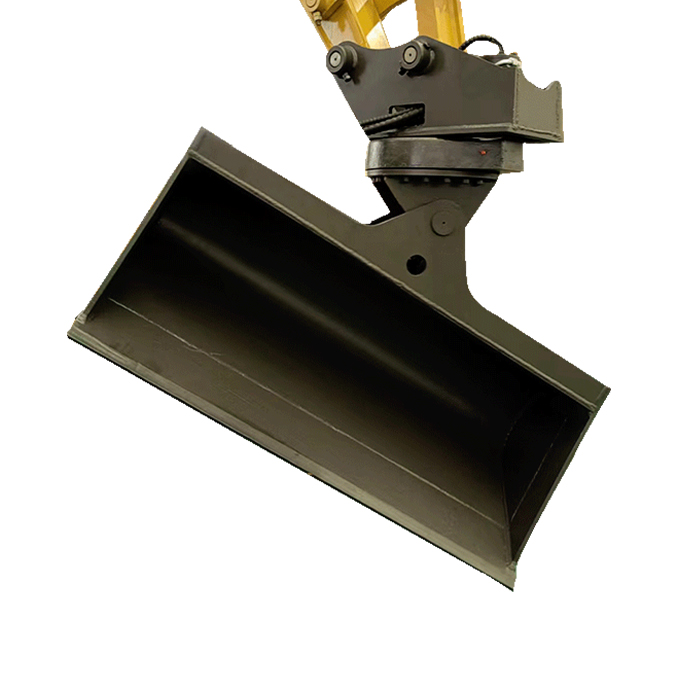 VIEW MOREDegree Rotating Hydraulic Tilt Ditching Bucket
VIEW MOREDegree Rotating Hydraulic Tilt Ditching Bucket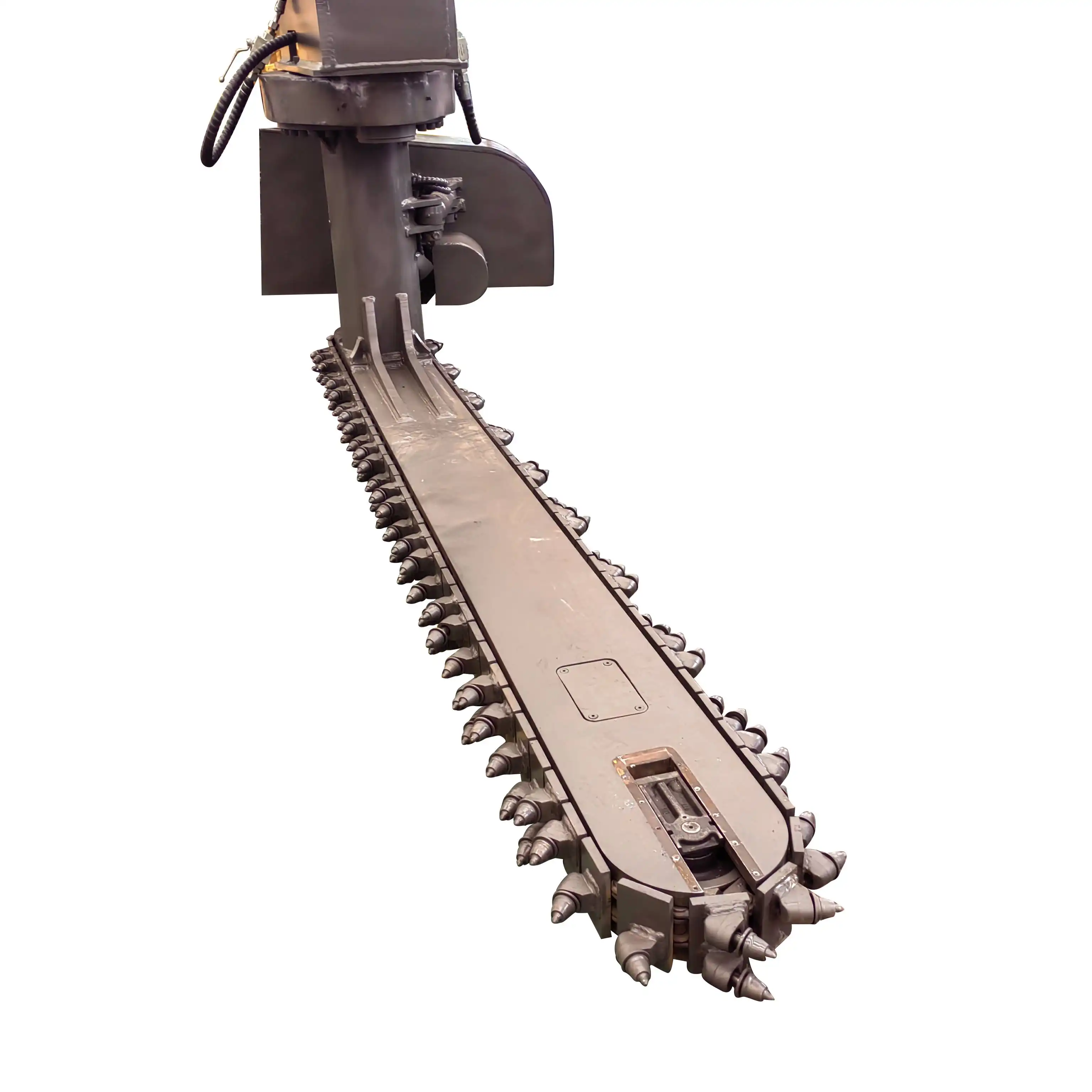 VIEW MORERail-Road Ballast Undercutter Excavator
VIEW MORERail-Road Ballast Undercutter Excavator_1733877348138.jpg) VIEW MORELoader Tire Protection Chain
VIEW MORELoader Tire Protection Chain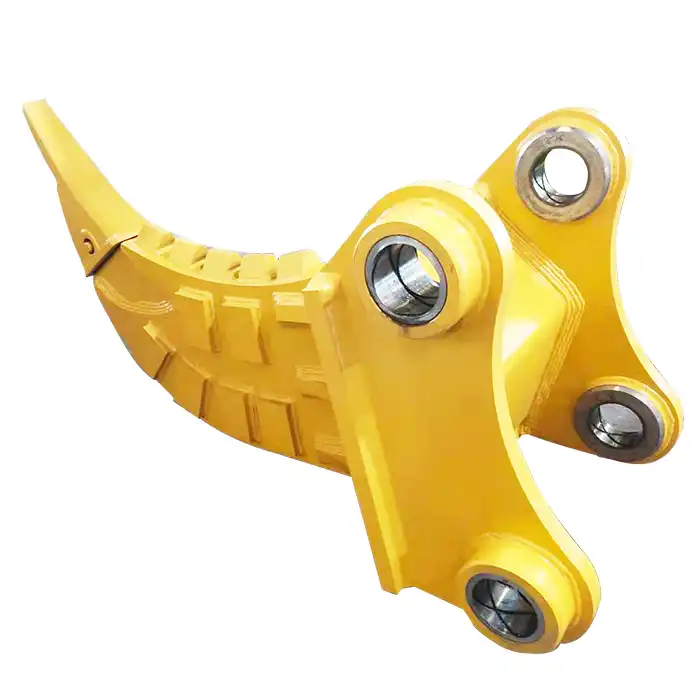 VIEW MOREExcavator Ripper
VIEW MOREExcavator Ripper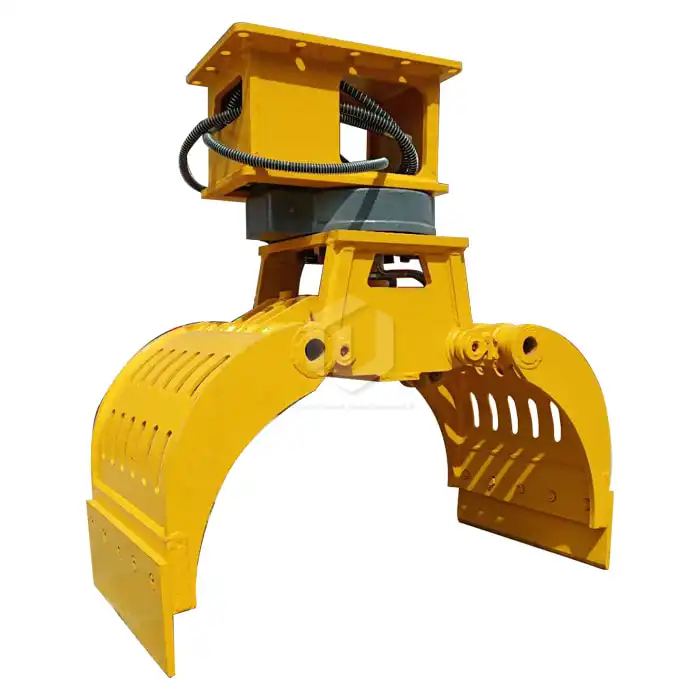 VIEW MOREExcavator Gripper
VIEW MOREExcavator Gripper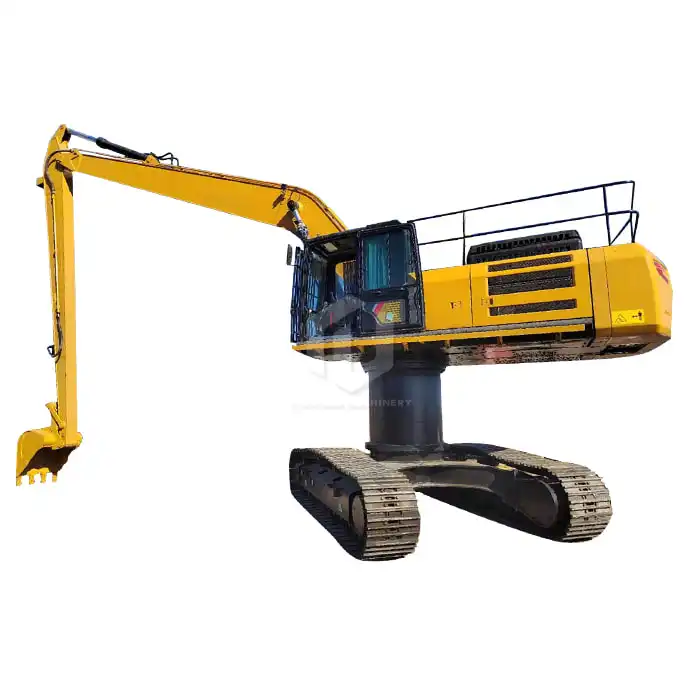 VIEW MORESeaside Excavator Heightening Column
VIEW MORESeaside Excavator Heightening Column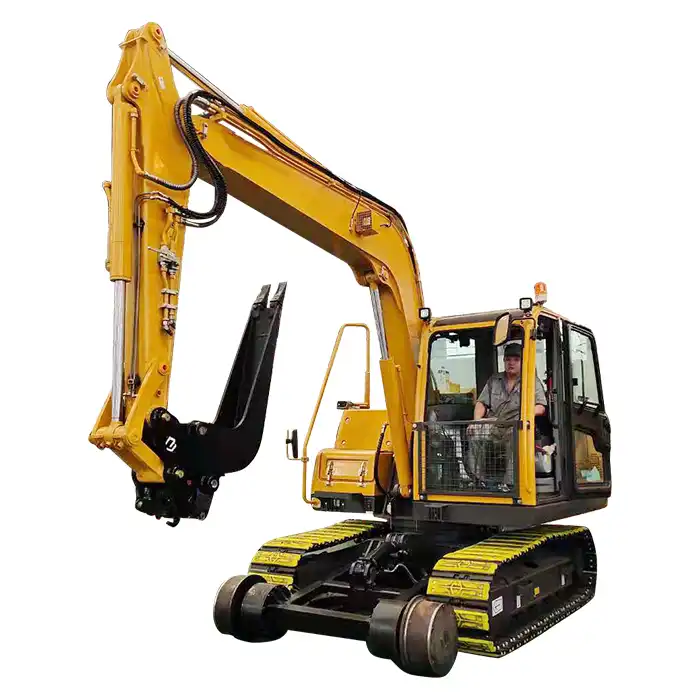 VIEW MORERailway Excavator Cleaning Bucket
VIEW MORERailway Excavator Cleaning Bucket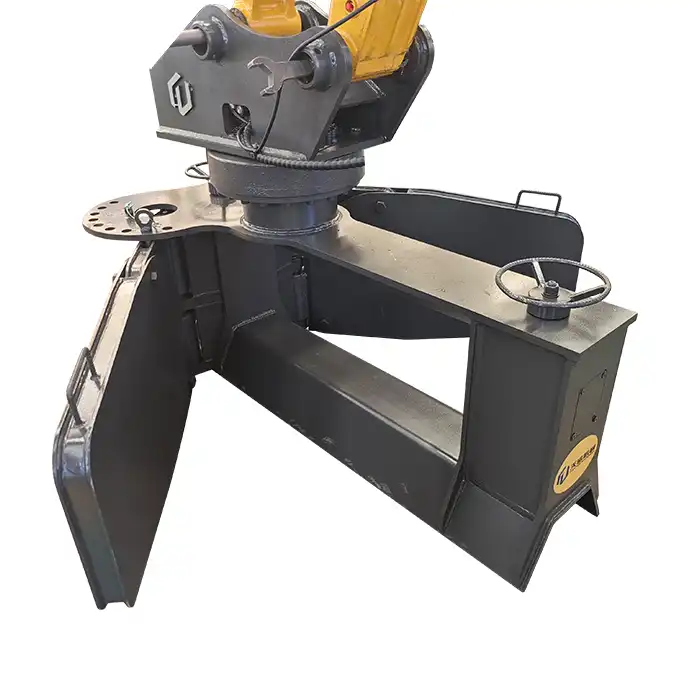 VIEW MORERailway Excavator Ballast Plow
VIEW MORERailway Excavator Ballast Plow

